In September 1987, I had the honor of welcoming Vice President of the Council of Ministers Vo Van Kiet (now called Deputy Prime Minister) on his visit to Singapore. During the meeting, Mr. Kiet assigned me a big task: “Here, you must proactively promote the process of normalizing diplomatic relations between Vietnam and Singapore, and at the same time prepare for Vietnam to join the Association of Southeast Asian Nations (ASEAN).”
On November 1, 1991, I was once again honored to welcome Mr. Vo Van Kiet, at that time Chairman of the Council of Ministers of Vietnam, together with Mr. Tran Duc Luong, Vice Chairman of the Council of Ministers, on an official visit to Singapore to establish diplomatic relations between the two countries.
After the official welcoming ceremony, Mr. Tran Duc Luong chaired all meetings with the Singapore Ministry of Industry and Trade and leading enterprises of the host country, to introduce Vietnam's Investment Law and call on Singaporean enterprises to invest in Vietnam. This is a strategic step to attract capital, technology and management experience from developed countries in the region.
At the next Party Congress, Mr. Tran Duc Luong was elected President. I had the honor of accompanying the President on his visit to Malaysia. At that time, in 1999, the regional economy was in a serious crisis. However, thanks to the Doi Moi process, the Vietnamese economy recovered and grew steadily. Vietnam began to become an exporter of rice and seafood, with a real production economy - not based on financial speculation. Therefore, Vietnam was not as severely affected as many other ASEAN countries.
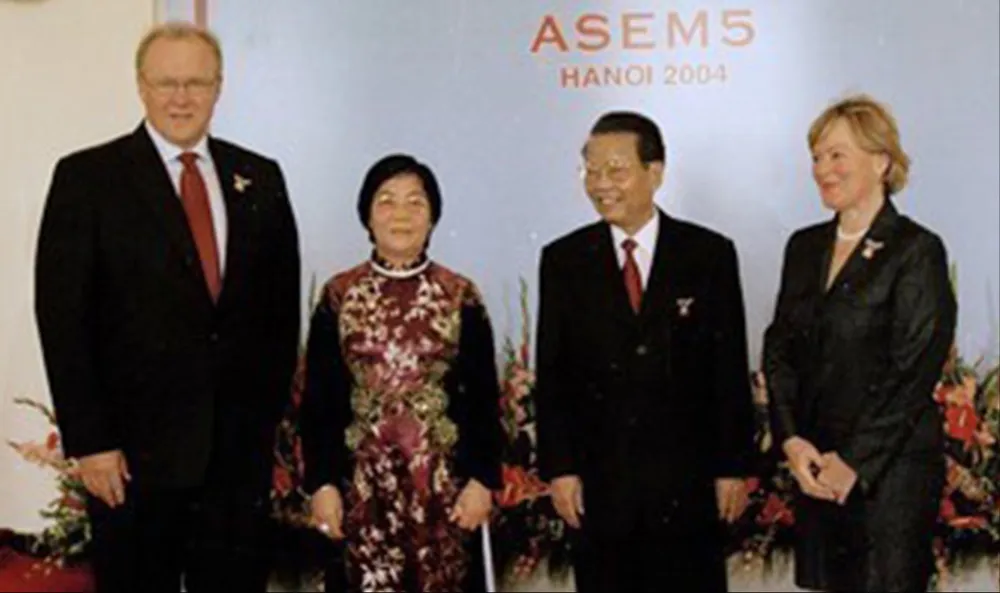
In 1999, I continued to accompany President Tran Duc Luong on an official visit to the Kingdom of Thailand to promote diplomatic relations and expand economic and trade cooperation between the two countries. The Thai Minister of Commerce at that time told me: “Thailand attaches great importance to this visit. The King of Thailand will personally welcome the President of Vietnam.”
At that time, although Vietnam had joined ASEAN and normalized diplomatic relations with the United States, bilateral trade between the two countries still faced many obstacles due to the embargo imposed by the US Government. Following the direction of the Politburo and the Prime Minister, the Vietnamese Ministry of Trade took the lead in promoting negotiations for the Bilateral Trade Agreement between Vietnam and the United States.
In mid-2000, the agreement was signed and awaited ratification by both sides. In November 2000, President Tran Duc Luong officially invited US President Bill Clinton to visit Vietnam - marking the first time in history that a sitting US president had visited Vietnam.
This was a major milestone in the process of normalizing and expanding Vietnam-US relations. On December 10, 2000, the Bilateral Trade Agreement between the two countries came into effect. However, at that time, Vietnam's international trade activities were still only at the bilateral level.
2. On December 21, 2001, the Politburo issued Resolution No. 07-NQ/TW on proactive international economic integration. This was a strong shift from passive integration to proactive and comprehensive integration.
Since then, Vietnam has actively conducted bilateral and multilateral trade negotiations with 149 countries and territories, including many major partners such as the United States, the EU, Japan, etc. President Tran Duc Luong is a strong supporter of this process. During his 9 years as President, he has conducted strategic diplomatic campaigns, promoted negotiations, and sought international support for Vietnam's accession to the World Trade Organization (WTO).
Visits to Brazil, Mexico and many other countries were associated with turning points in negotiations. In particular, the most complex and difficult negotiating partner was the United States - a country with very high requirements for market opening and institutional reform. It was not until December 31, 2006 that Vietnam signed the final bilateral agreement with the United States to complete the negotiation process for WTO accession.
Regarding goods, the two sides agreed on more than 12,000 tariff lines. Regarding services, Vietnam committed to opening 12 sectors and more than 110 sub-sectors. Vietnam also committed to fully implementing intellectual property regulations and opening its investment market to US businesses.
After 11 years of arduous negotiations, the process of preparing to join the WTO is officially complete. We are only waiting for domestic ratification procedures and the decision to join the WTO.
It can be affirmed that the position, prestige and appearance of Vietnam in the international arena today are the result of the correct and wise policies of the Communist Party of Vietnam, the decisive participation of the National Assembly, the Government and the persistent efforts of the entire people. During that process, President Tran Duc Luong was one of the senior leaders who made great contributions, especially in the fields of foreign affairs, innovation and deep international integration.
Source: https://www.sggp.org.vn/nguyen-chu-tich-nuoc-tran-duc-luong-nguoi-co-nhung-dong-gop-to-lon-trong-doi-ngoai-doi-moi-va-hoi-nhap-quoc-te-sau-rong-post796421.html




![[Photo] T&T 1 and Ho Chi Minh City 1 People's Police Teams won the men's and women's team championships](https://vphoto.vietnam.vn/thumb/1200x675/vietnam/resource/IMAGE/2025/5/22/39db06ae67cb4001b7a556e8d9a56d07)



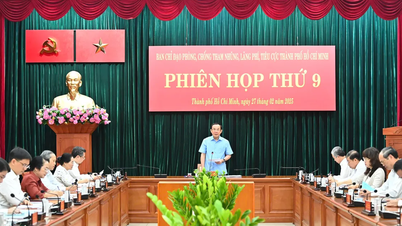
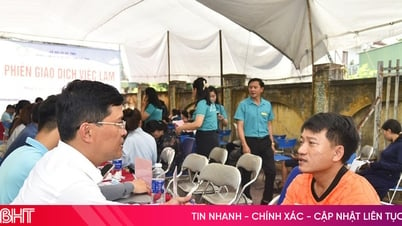

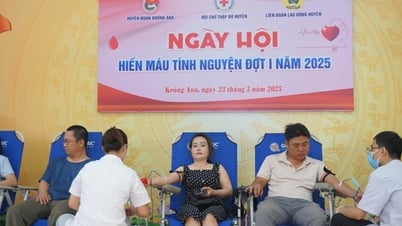

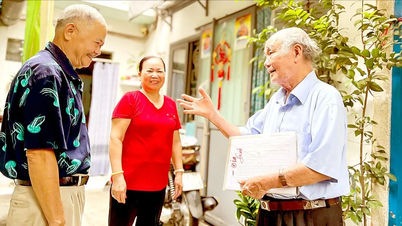
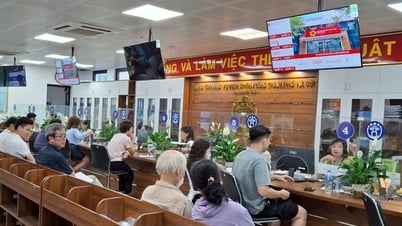

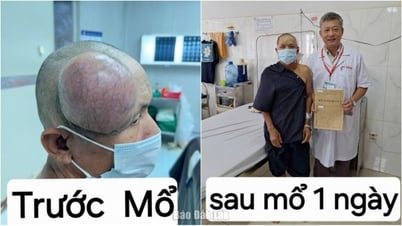




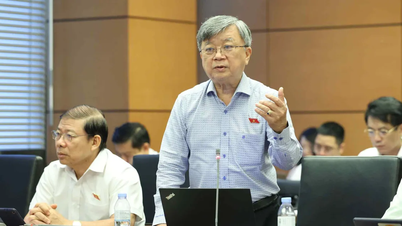
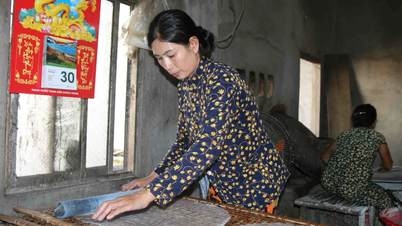
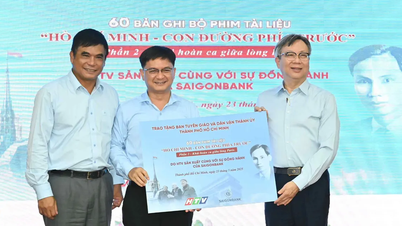
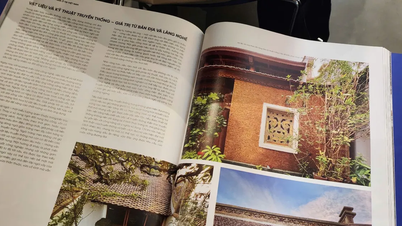

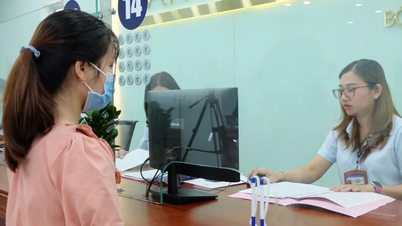






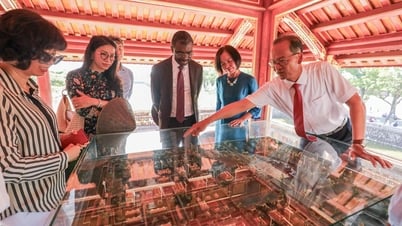







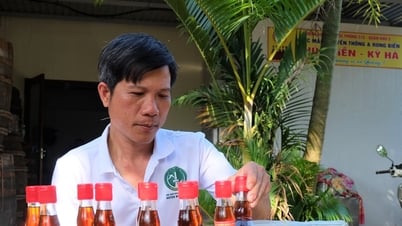

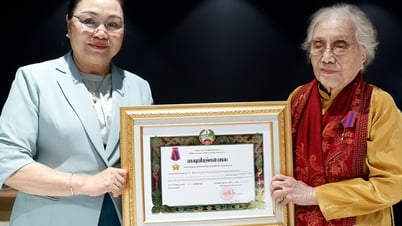

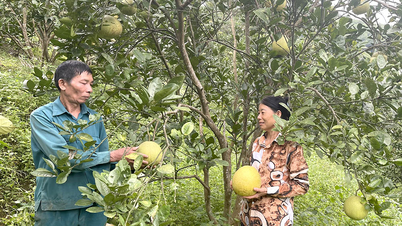

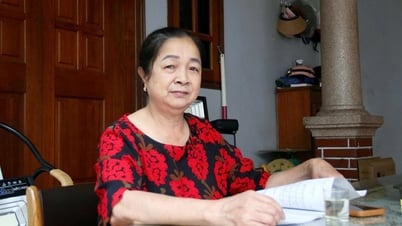








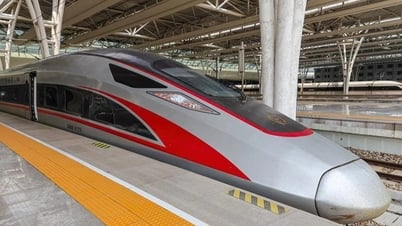



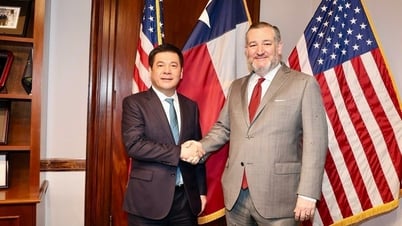


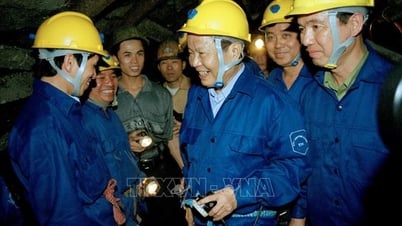
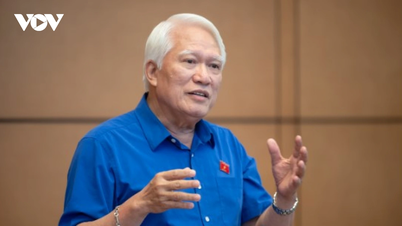
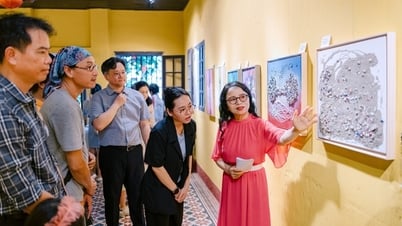

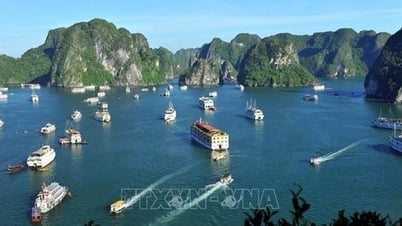
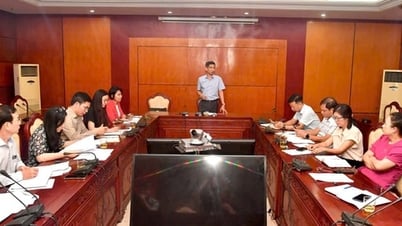
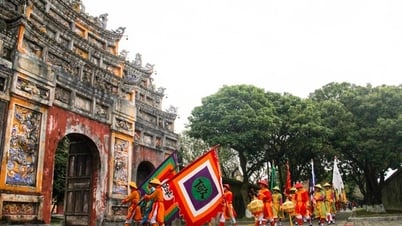
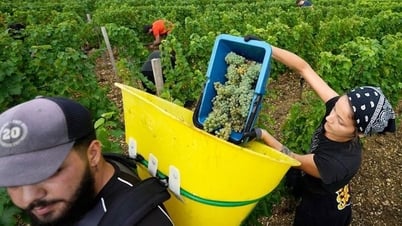

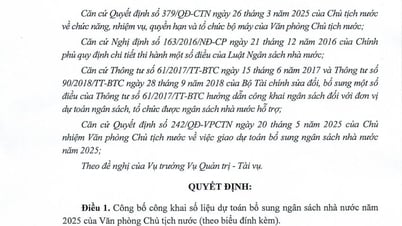

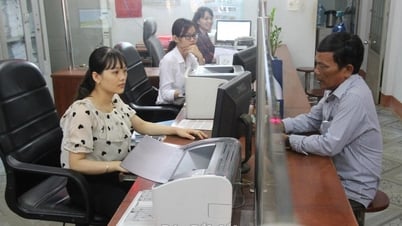








![[Podcast] Week introducing more than 500 OCOP products in Hanoi](https://vphoto.vietnam.vn/thumb/402x226/vietnam/resource/IMAGE/2025/5/22/d144aac2416744718388dbae3260e7fd)

Comment (0)